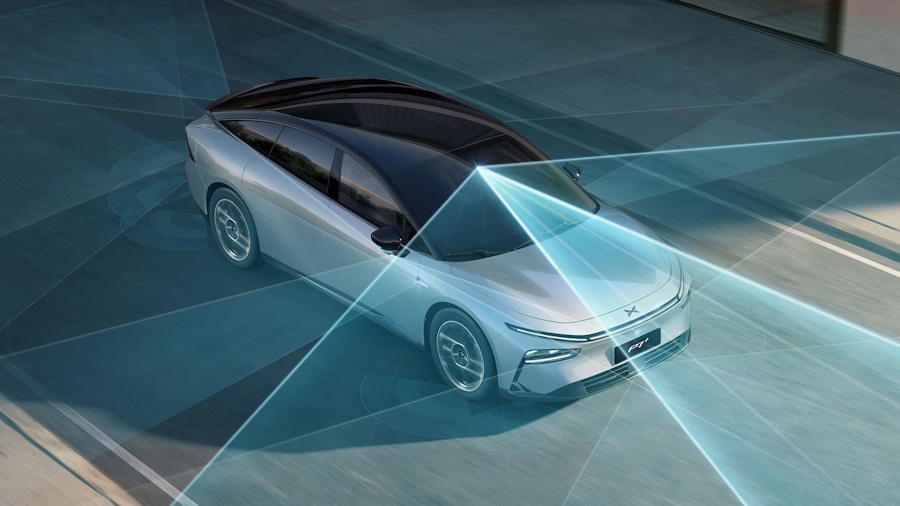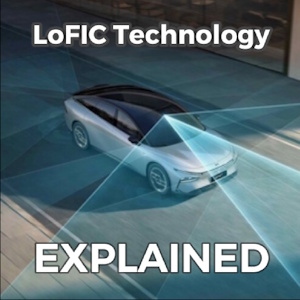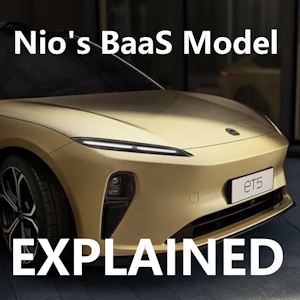XPeng Motors is setting new standards in autonomous driving with its LoFIC technology, short for Lateral Overflow Integration Capacitor. As the heart of XPeng’s revolutionary Hawkeye visual system, LoFIC is more than a sensor innovation—it’s the core of an AI-first approach to smart mobility across cars, robots, and flying vehicles.
What is LoFIC?
LoFIC is a specialized image sensor architecture that adds a lateral capacitor next to each pixel. When a pixel receives too much light—such as when exiting a tunnel into bright sunlight—the overflow charge is diverted into the capacitor instead of overexposing the image. This design results in:
- Wider dynamic range
- Superior low-light performance
- Sharper detail in complex lighting conditions
This makes LoFIC an ideal solution for autonomous systems that need to function flawlessly across real-world lighting—from dark tunnels to bright highways.

Key Benefits of LoFIC Technology
| Feature | Benefit |
| Avoids overexposure | Preserves image detail in high-contrast scenes |
| Better night vision | Improved clarity and safety in low-light conditions |
| High information density | Up to 80× more perception data than lidar |
| Enhanced semantic perception | 100× more color and scene understanding than traditional sensors |
| Extended range | Detects objects as far as 160 meters (about 1.8 football fields) |
Introducing the Hawkeye Visual System
XPeng’s Hawkeye visual solution is an AI-powered perception system built around LoFIC cameras. Unlike traditional ADAS setups that rely on expensive lidar, Hawkeye uses visual data to create a rich, detailed understanding of the vehicle’s environment.
Key features:
- Lidar-free operation
- AI-enhanced visual recognition
- Faster object detection and decision-making
- Integrated into XPeng’s proprietary Tianji AI computing platform

The Hawkeye visual system, powered by LoFIC technology, debuted in the XPENG P7+ in the fourth quarter of 2024. This model marked a major milestone in XPeng’s vision for AI-defined mobility, showcasing advanced perception capabilities without relying on lidar. Following its successful rollout in the P7+, XPeng has begun integrating the Hawkeye system into other models across its lineup, further solidifying its position as a leader in intelligent, camera-first autonomous driving.
Robots and eVTOLs: The Broader Role of LoFIC
XPeng is taking LoFIC beyond road vehicles. The same AI and visual sensing technology is also being used in:
- XPeng Robotics: For real-time navigation and object interaction
- XPeng AeroHT eVTOLs: Enabling flying vehicles to “see” and respond to airspace conditions with high precision
This cross-platform application positions XPeng as a leader in multi-modal smart mobility—from Earth to air.

XPeng’s LoFIC technology isn’t just a hardware innovation—it’s a strategic pillar in the company’s pursuit of fully AI-defined mobility. With the Hawkeye system debuting in the XPENG P7+, and future applications in robotics and aviation, XPeng is building a future where lidar-free, camera-first autonomy becomes the norm.
FAQs
What does LoFIC stand for?
LoFIC stands for Lateral Overflow Integration Capacitor. It’s a specialized sensor design that improves camera performance by handling excess light more effectively, enhancing dynamic range and visibility in difficult lighting conditions.
Is XPeng still using lidar in its latest models?
No, XPeng has moved toward a lidar-free strategy. The company now relies on high-resolution LoFIC-powered cameras and AI-based perception through its Hawkeye visual system, offering comparable or better performance in many driving scenarios.
When did the Hawkeye visual system launch?
The Hawkeye system launched in the XPENG P7+ in Q4 2024. It marked the beginning of a new era for XPeng’s AI-defined vehicles, focusing on camera-first autonomy.
Is the Hawkeye system exclusive to the XPENG P7+?
No, following its debut in the P7+, XPeng has started integrating the Hawkeye system into other models as well, expanding its advanced perception capabilities across the lineup.
What other platforms use LoFIC besides XPeng cars?
LoFIC technology is also used in XPeng’s robots and eVTOL aircraft, enabling real-time visual recognition and navigation beyond just road environments.










